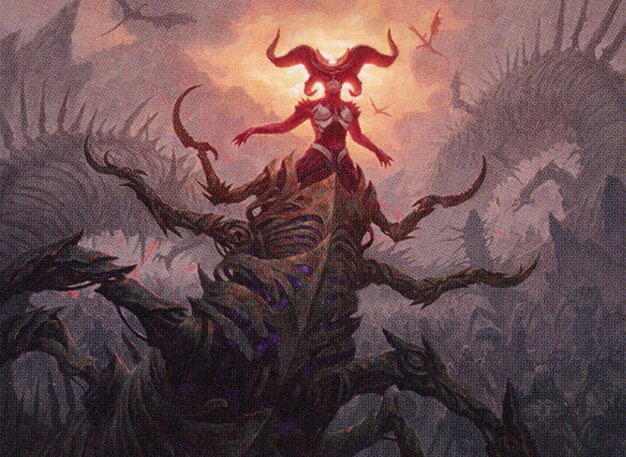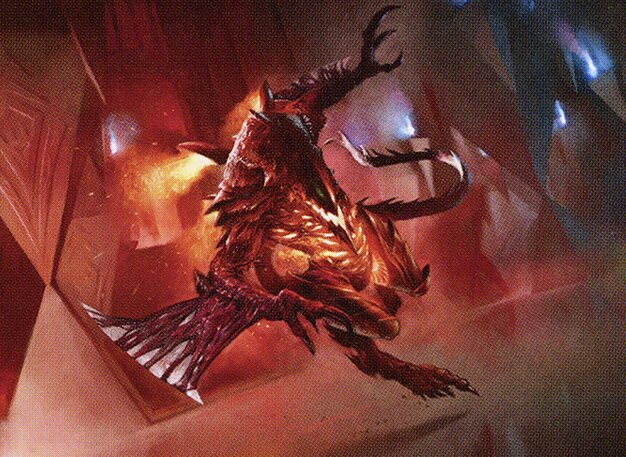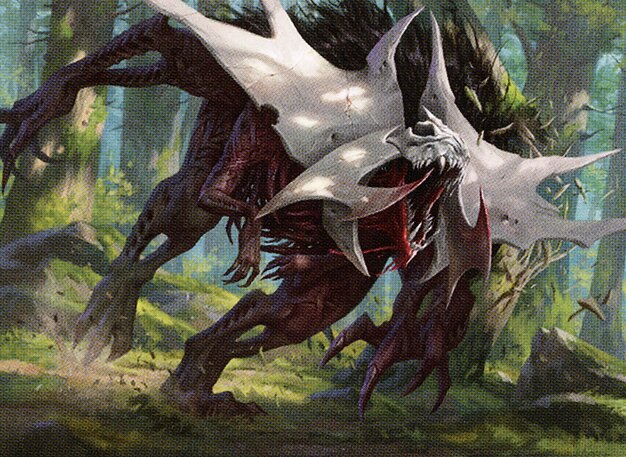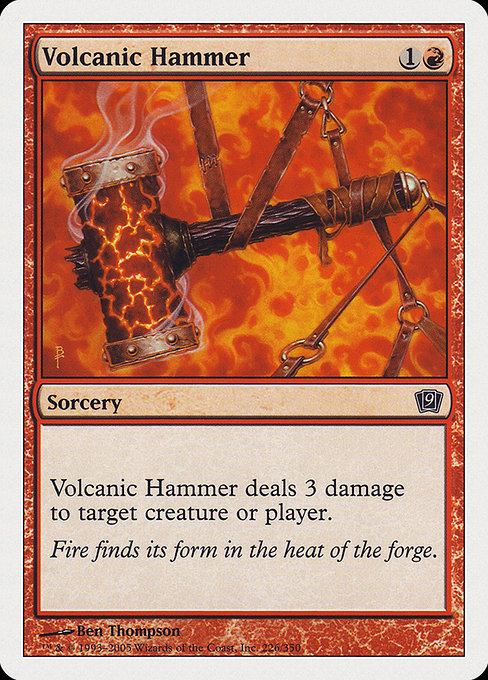Deck & Commander Strategies

Sheoldred, the Apocalypse
Leverages wheel effects and Phyrexian-themed card draw to disrupt opponents’ hands and reanimate creatures, aiming to control the game through attrition and recursion.

Jin-Gitaxias, Progress Tyrant
A controlling deck focused on drawing and manipulating cards, slowing the game down to build an overwhelming advantage once the commander is active.

Urabrask, Heretic Praetor
A red devotion-style deck with big mana ramp and aggressive spells, designed to pressure opponents quickly while incorporating subtle references to other players' playstyles.

Vorinclex, Monstrous Raider
Mono-green counters strategy that focuses on adding +1/+1 counters and other counters to creatures and permanents to grow threats and dominate combat.
Gameplay Insights
- 1
Early aggressive damage spells like Volcanic Hammer and creatures such as Rune Crab set a tense tone by rapidly chipping away at life totals and disrupting plans.
- 2
Players prioritized targeting Sheoldred early due to her wheel effects and potential to generate overwhelming card advantage.
- 3
Infect creatures added a threatening alternate win condition that forced opponents to adapt their defense and target choices carefully.
- 4
Urabrask's deck included subtle nods to other players' strategies, adding a layer of meta interaction and fun personalization to the game.
- 5
The interplay between mill effects, counters, and card draw created a dynamic battlefield where timing and sequencing of plays were crucial.
Notable Cards
-

Sheoldred, the Apocalypse
-

Jin-Gitaxias, Progress Tyrant
-

Urabrask, Heretic Praetor
-

Vorinclex, Monstrous Raider
-

Volcanic Hammer
Gameplay Summary
The game began with each player piloting one of the four Phyrexian Praetors, each bringing a very different strategy to the table.
Sheoldred, the Apocalypse focused on a Phyrexian-themed wheel and card draw strategy, aiming to disrupt opponents by forcing discards and reanimating creatures.
Jin-Gitaxias, Progress Tyrant presented a more controlling, slow-build deck that relied on drawing and manipulating cards, with an emphasis on fairness but with a devastating potential once the commander hit the battlefield.
Urabrask, Heretic Praetor brought a red devotion style deck with a focus on big mana and aggressive, impactful plays, including nods to the other players’ strategies as a subtle tribute.
Vorinclex, Monstrous Raider was a classic mono-green counters deck, emphasizing adding and exploiting +1/+1 counters and various other counters to overwhelm the board. Early on, the board state was shaped by aggressive plays such as early damage from creatures and spells like Volcanic Hammer, and disruptive mill effects from cards like Rune Crab.
There was tension as players threatened to eliminate opposing commanders that could spiral out of control if left unchecked, particularly Sheoldred's card draw wheels and Jin-Gitaxias's oppressive control elements.
The game’s turning points involved managing these threats, with players targeting the most dangerous commanders first.
The interplay of infect creatures and counters added layers of complexity, forcing players to balance offense and defense carefully.
The win condition appeared to revolve around either overwhelming opponents with counters and combat damage (Vorinclex), or locking down the game state via card advantage and reanimation (Sheoldred and Jin-Gitaxias), with Urabrask adding pressure through big mana and aggressive red spells.






















![Duke Ulder vs Bane vs Myrkul vs Urabrask [Budget EDH/Commander, MTG Gameplay 2022] thumbnail](https://i.ytimg.com/vi/EjVlvTBkRBs/sddefault.jpg)














